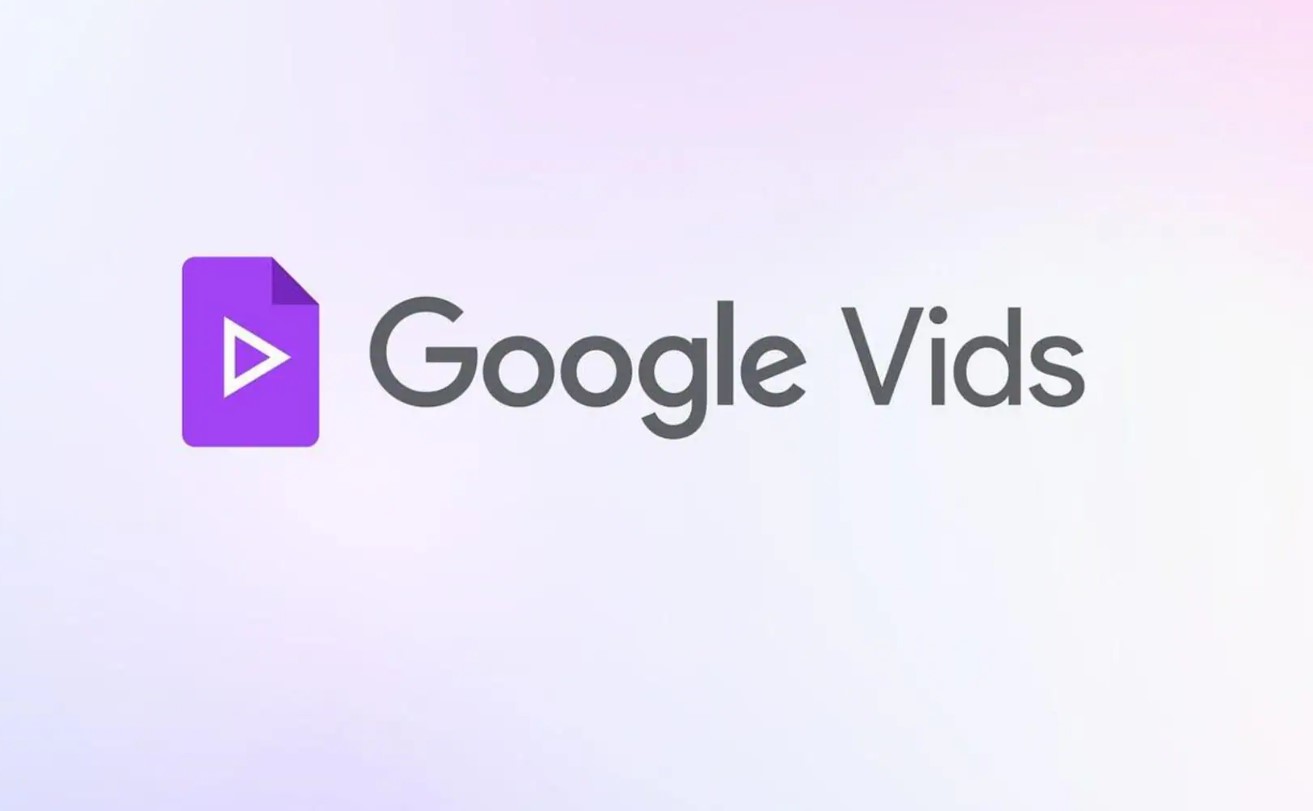Published by NewsPR Today | August 2025
It’s 3 PM. Your report is halfway done, blog keywords are still waiting, and that meeting? Still not scheduled.
You’re juggling multiple small tasks—digging up keywords for a blog post, chasing down a meeting with three colleagues that’s been impossible to lock in.
Each task may seem minor on its own, but together, they’re overwhelming.
These repetitive, time-consuming chores eat away at your focus and leave you drained for the work that matters.
Related Article: SEO is Dying. Meet GEO, the New Rule for Getting Found Online
What if you could hand them off, not to a complicated app that takes hours to learn, but to a helper that simply understands what you need?
NewsPR Today’s AI-powered assistant knows what you’re trying to accomplish and takes care of the busywork without needing step-by-step instructions.
This isn’t some far-off dream. NewsPR Today’s AI agents are already making it happen. They’re not just following commands, they’re anticipating your needs and helping you get more done, faster.
Forget clunky tools. Think of this as adding a smart, digital teammate to your workflow.
Let’s explore what NewsPR Today’s agents are, how they work, and why they’re quietly transforming the way we work.
So, What Exactly Is an AI Agent?
Strip away the tech jargon, and an AI agent is a piece of software that can understand a goal, create a plan to achieve it, and then act on that plan. It’s the difference between using a calculator (which needs you to input every number and operation) and asking a financial analyst to “figure out our profit margin.”
The best way to think about it is to imagine hiring a bright intern.
On day one, you ask your intern to find ten keyword ideas for an article on “best running shoes.” They’ll likely open Google, see what competitors are writing about, and come back with a decent list. They understood your request and figured out the steps.
But what happens when you give that intern access to real tools? What if they could log into your company’s Google Analytics, use a premium SEO tool like Ahrefs, and see your calendar to schedule a follow-up? Their work would go from “decent” to “invaluable.” They’d be faster, smarter, and more effective.
That’s an AI agent. It’s a digital intern you can arm with a toolkit of APIs, databases, and other functions, ready to work 24/7.
A Simple AI Agent in Action
Let’s make this real. Below is a basic Python program that uses OpenAI’s language model to generate SEO keyword ideas from a single input.
from openai import OpenAI
# Replace "sk-your-api-key-here" with your actual OpenAI API key
client = OpenAI(api_key="sk-your-api-key-here")
def generate_keywords(seed_term):
response = client.chat.completions.create(
model="gpt-3.5-turbo",
messages=[
{"role": "system", "content": "Generate 10 SEO-friendly keyword variations,
comma-separated."},
{"role": "user", "content": f"Seed keyword: {seed_term}"}
]
)
return response.choices[0].message.content
# Example: Generate keywords for "best running shoes"
keywords = generate_keywords("best running shoes")
print(keywords)
Why This Isn’t Just Another Chatbot
It’s tempting to lump agents in with the chatbots we see on websites, but that’s like comparing a bicycle to a motorcycle. They might both have two wheels, but they operate on completely different levels.
- A chatbot is a glorified script. It recognizes keywords and gives pre-programmed answers. The moment you ask something unexpected, it breaks, usually with a polite, “I’m sorry, I don’t understand.”
- An AI agent, powered by a large language model (LLM), understands context and intent. You can give it a fuzzy, high-level goal, and it will figure out the specifics.
- Most importantly, an agent can decide. It can look at a problem, weigh its options, choose a tool, and then act. A chatbot can only follow its programming. An agent can create its own.
The Agent’s Playbook: How It Gets from A to B
An agent’s work boils down to a constant loop of three things: understanding, planning, and acting. Let’s use our tricky meeting scheduling problem as an example.
1. Understand (The Brains)
First, the agent uses its LLM—think of it as its reasoning engine—to process your request. When you type, “Find a 30-minute slot for me, David, and Anya next Tuesday,” it doesn’t just see words. It breaks the sentence down, just like a human would:
- Goal: Schedule a meeting.
- Who: Me, David, Anya.
- How long: 30 minutes.
- When: Next Tuesday.
2. Plan (The Strategy)
Here’s where it gets interesting. The agent doesn’t just wait for the next command. It forms a plan. It thinks, “Okay, to find a time, I need to see everyone’s schedule.” The plan might look like:
- Access the calendars for all three people.
- Search for any overlapping 30-minute gaps on Tuesday.
- If there are gaps, list them out for the user.
- If not, ask the user if another day works.
This ability to strategize and handle multiple steps is what separates a true agent from a simple automation tool.
3. Act (The Hands)
Finally, the agent uses its “tools” to execute the plan. A tool is anything that lets the agent interact with the outside world—an API for Google Calendar, a connection to a customer database, or a function to search the web. The agent uses its calendar tool to fetch the schedules and find an open slot. It’s the digital version of our intern opening up Outlook and doing the work.
This loop—understand, plan, act—repeats until your meeting is on the calendar.
Where Are These Agents Showing Up?
This technology isn’t just theoretical; it’s already being put to practical use.
- For Marketers: An agent can be pointed to a new company blog post and told, “Create five unique tweets and a LinkedIn post based on this article.” It will read the content, pull out the most compelling points, adapt the tone for each social platform, and even suggest relevant hashtags.
- For E-commerce Stores: An agent can handle a huge portion of customer service inquiries. When a customer asks, “Where is my order?” the agent can use a Shopify tool to look up the order by name, find the tracking number, and give a real-time update. This frees up human staff for the truly tricky problems.
- For Analysts: You could give an agent a messy spreadsheet of sales data and say, “Find the top three performing products in the Northeast region last quarter and summarize why.” The agent can run the numbers and generate a clean, simple report, saving you hours of pivot-table headaches.
Let’s Talk About Guardrails (Because Nobody Wants a Rogue AI)
Okay, an autonomous agent with the keys to your company’s systems sounds a little terrifying, right? It should. If you give an agent access to everything, you’re asking for trouble.
This is why “guardrails” are non-negotiable.
Guardrails are just rules that fence in the agent’s abilities. They are a strict job description, telling the agent what it can and, more importantly, cannot do.
- They protect your data. A guardrail can prevent a marketing agent from ever seeing customer financial information.
- They prevent costly mistakes. You can allow an agent to draft emails but block it from actually hitting “send” without human approval.
- They improve security. Firm limits make it much harder for someone to trick an agent into doing something malicious.
A well-built agent is a focused agent. It has one job, the right tools for that job, and no ability to wander off and cause chaos.
Why You Should Care, Right Now
The shift to AI-assisted work is already underway. A report from McKinsey suggests that up to 30% of the hours we currently spend on work could be automated by 2026.
But don’t panic. This isn’t about robots taking your job. It’s about changing what your job looks like. The most valuable people will be the ones who know how to manage a team of digital assistants. They’ll be the ones who can identify a bottleneck, build a small agent to fix it, and use the time they get back to focus on strategy, creativity, and leadership—the things humans do best.
How to Get Started with AI Agents (It’s Easier Than You Think)
You don’t need a computer science degree to start playing with this technology. Here’s a simple way to dip your toes in the water:
- Find the Most Boring Part of Your Job. Seriously. What’s the one task you do every week that makes you sigh? Summarizing meeting transcripts? Compiling weekly reports? That’s your first target.
- Pick Your Engine. Start with a model like GPT-3.5—it’s fast and cheap. If you need deeper thinking, you can always upgrade to a more powerful model like GPT-4 later.
- Use a Simple Tool. You can explore no-code platforms like Zapier, which are starting to add agent-like features. Or, if you’re feeling adventurous, look up a beginner’s Python tutorial on the OpenAI Cookbook.
- Build Fences First. Before you even start, decide what the agent can’t do. If it’s a text summarizer, make sure it has zero access to files or the internet. Start with the tightest restrictions possible.
- Tweak and Improve. Your first attempt won’t be perfect. That’s the point. The goal is to learn. Change the instructions, adjust the rules, and see how you can make it a little smarter each time.
A Final Thought: Let the Robots Do the Boring Stuff
At the end of the day, AI agents are tools. They are brilliant at handling the tasks that are repetitive, predictable, and time-consuming. They can free you from the mechanical parts of your job so you can focus on the human parts.
An agent can’t come up with a breakthrough creative idea, build a relationship with a client, or mentor a teammate. But it can give you back the time and mental space you need to do those things exceptionally well.
So if you’re tired of the busywork, maybe it’s time to build yourself a little helper. Start small, and see what you can accomplish when you get to delegate the boring stuff.



